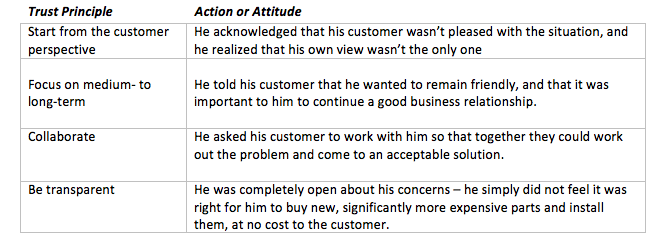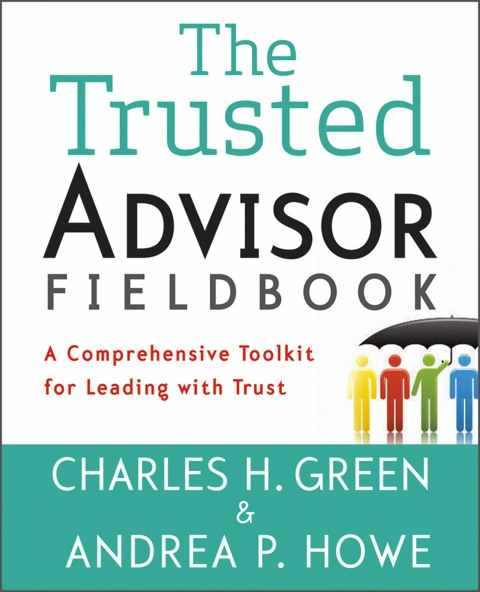Why We Don’t Trust Politicians: the Case of Healthcare
Stephen M.R. Covey, in his recent Trust Matters interview, notes that politicians rank lowest in trust among all professions. He identifies counterfeit behavior as the underlying cause.
He’s right; and of all the high-visibility disagreements today – wars, abortion, debt – none has inspired more flagrant counterfeit behavior than health care. It’s a polarizing issue in itself – and its abuse by politicians puts added stress on the social compact.
A Massive Inconvenient Truth
Never mind climate change. Here are a few far greater inconvenient truths that everyone knows, but no one will admit:
- Only a very small portion of the US population could afford to pay for the health care they have come to expect
- The health care system as it exists could not survive without massive government subsidies
- Health care is an economic good – as with housing, food and consumer goods, what you get is what you can afford.
Our collective inability to admit these truths in a socially useful manner means that the cost of health care is killing jobs and crippling American competitiveness. Like parasites choking their host, the politicians are too tied up with reality-as-we-like-to-pretend to speak the truth – even though we all know it.
Result: bad health care, bad economics – and bad social trust.
How We Got Here
Albeit with the best of motives, Medicare, ERISA, and subsequent regulations greatly expanded the proportion of the population who could seek health care. Health care usage exploded as people took advantage of a service seen as low cost and already paid-for. With that expansion, hospitals, insurance carriers, drug companies, device makers and health care providers were able to train doctors, fund research and invest in marketing programs; all paid for with government and employer dollars.
Laudable though the goals were, the legislation also forced mid-sized and large employers to devote an ever-increasing proportion of their compensation expense to employee benefits – with a resultant decline in real wages. Until the Affordable Care Act, small employers could avoid the non-discrimination rules through the purchase of insured health plans.
The inconvenient (again) truth is: this tangled web of intertwined interests has become so pervasive that the “private” health care industry would implode without the government. Health care in the US has become an entitlement program for both individuals and for industry – and no longer perceived by most Americans as an economic good paid for with wages or profits.
Where We Stand Now
Health care contributes to both our slow job growth and our growing income inequality. When health care costs grow as a proportion of compensation, rising lower-wage employee costs begin to overwhelm the value they can add. Naturally, employers then shift to exempt part-timers and contractors. Small employers, once exempt from the rules, now simply avoid adding workers.
The experience of every other nation is that health care rationing is an essential element of any solution; we can’t outrun it. We have not faced up to that inconvenient (yet again) truth in the US.
Enter: the Politicians
Health care is a fault line around which our two primary political parties have entrenched themselves. The GOP has the problem in its sights – but can’t stomach the solution. Democrats misstate the problem – and thus propose ever more expensive solutions. Both are hostage to ideologies.
Republicans look knee-jerk to the private sector, touting doctor choice and the doctor/patient relationship as a panacea. Their inconvenient truth is that the system will fail without the government – and that most of their voters will be unable to afford coverage.
Democrats insist on universal coverage with equal benefits for all, and the right to sue if things don’t go well. Their inconvenient truth is that the system is unsustainable – and that their children will have to disavow it.
Neither solution is viable. We all know it, but bury our head in ideological sands. And yet the same time – because we really do know the truth – we don’t trust our leaders because we know they are lying to us. They refuse to speak the truth.
Getting to the Solution
Our politicians give only the answers we want to hear. We know they aren’t true, but we fear the other side’s answers more, so we cheer for the answers we fear less. We don’t want to “lose.” Which means we all don’t trust anyone – and we all lose.
The strongest force against trust is the willingness to leave the truth unspoken.
Is there any candidate, anywhere, willing to say simply that not everyone can have the same health care? Can any candidate achieve escape velocity from our debilitating ideological prison? And would the rest of us be willing to acknowledge the truth if someone had the courage to speak it?
In a following post, we’ll discuss one potential solution and why our politicians will give up our trust in order to avoid it.


 Sometimes I get annoyed. Usually, that means I’m thinking like an idiot. Sometimes, however, it produces useful ideas.
Sometimes I get annoyed. Usually, that means I’m thinking like an idiot. Sometimes, however, it produces useful ideas.
 Anthony Iannarino, creator of
Anthony Iannarino, creator of  Charlie and I were recently interviewed by Wally Bock of
Charlie and I were recently interviewed by Wally Bock of  As of October 23, 2011, I have been declared by the U.S. Customs and Border Protection to be a “
As of October 23, 2011, I have been declared by the U.S. Customs and Border Protection to be a “